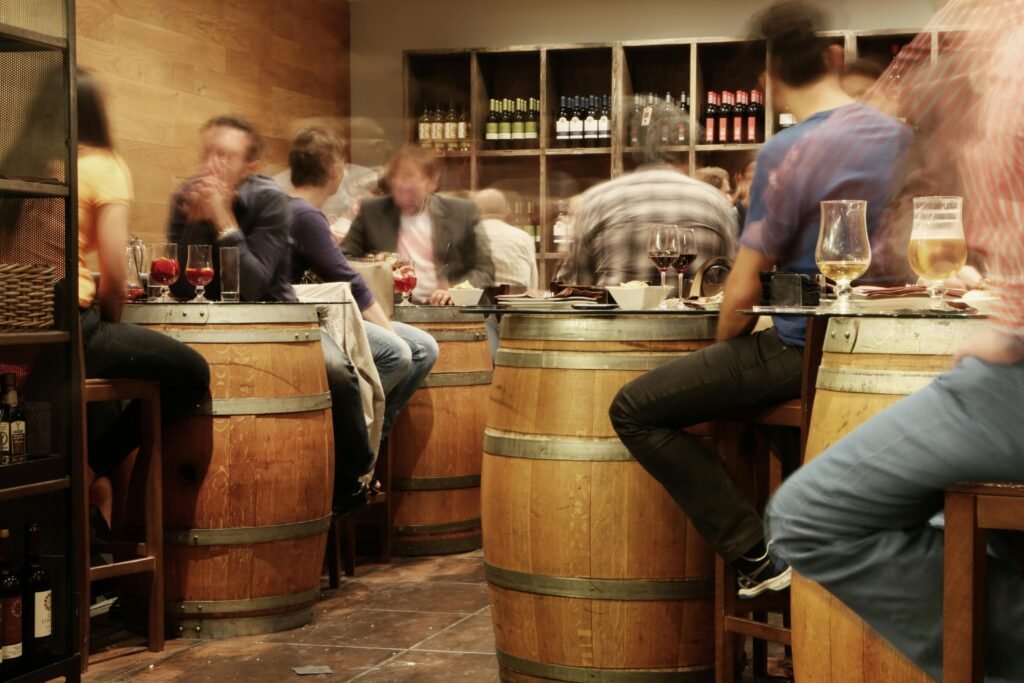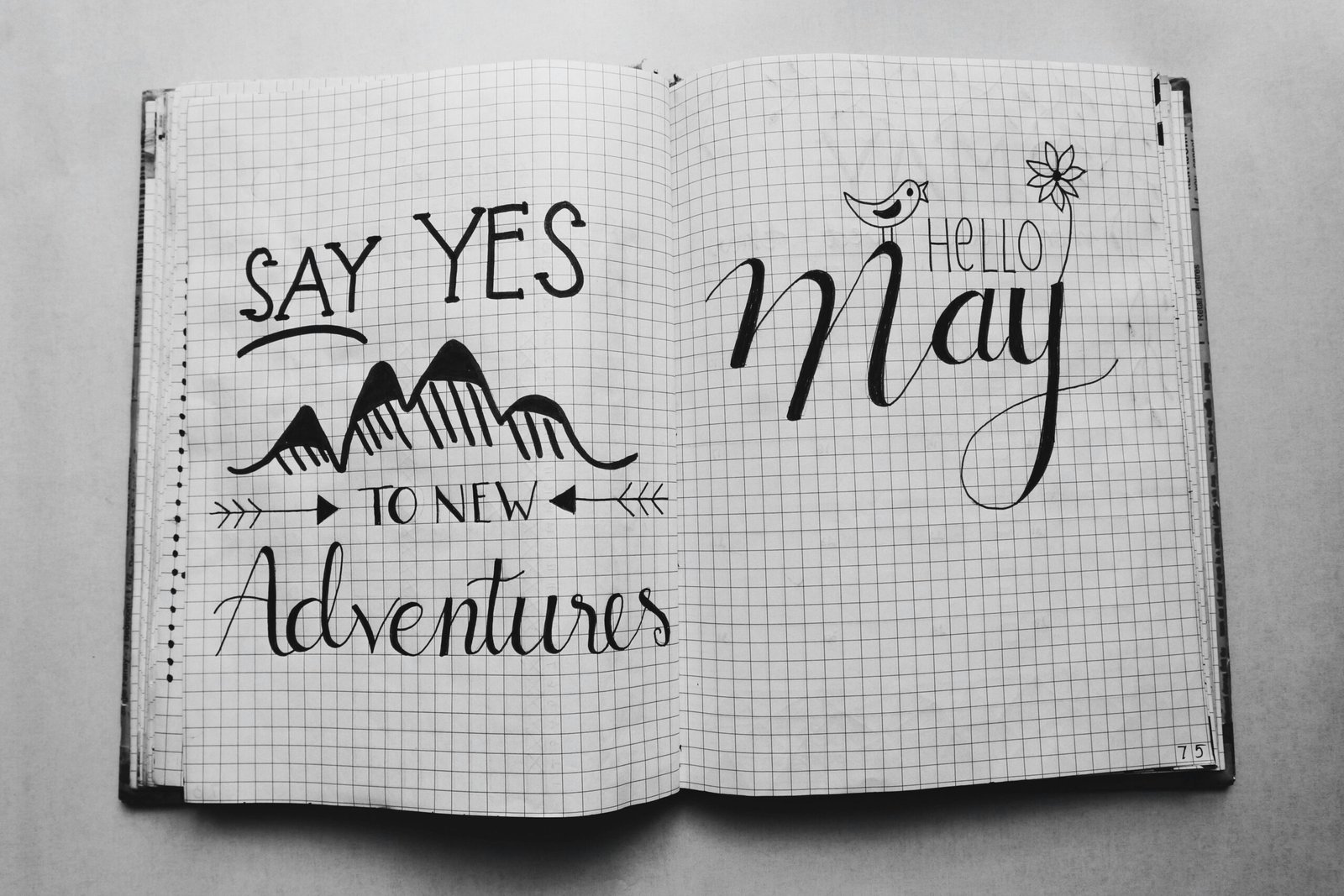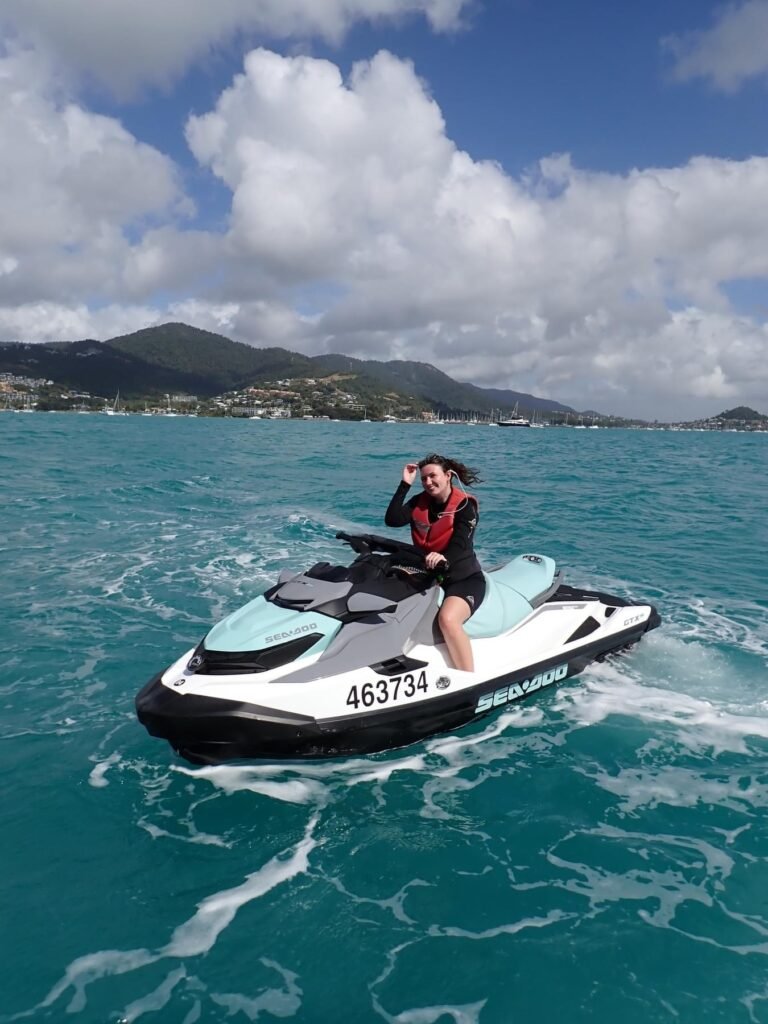When you’re traveling for a long time and bouncing between locations it can be hard to maintain hobbies. Not having access to a permanent setup can make it hard. This is unfortunate because having a hobby has many benefits. Hobbies boost mental well being, give you a sense of structure, and allow you to learn new skills. Having a hobby while traveling can make your journey more rewarding.
As a long term traveller I understand the struggle of balancing an inconsistent schedule with a steady hobby. I have been doing some research and talking to fellow backpackers to find travel friendly hobbies.
Below are 23 travel hobbies that are suitcase-friendly, location-flexible, and perfect for long-term travelers. These hobbies will keep you creative, active, and can enrich your travel experience.

Travel Journaling
A classic travel companion. One of the first things I noticed when I started backpacking is how popular journaling is. So many travelers bring a notebook to document thoughts, feelings and memories. It can also be a great tool for planning. Journaling helps you reflect on your adventures, process your thoughts, and preserve memories. The best part is you come home with a meaningful souvenir.
Sketching
A small sketchbook and a pencil can turn any layover, park bench, or café table into an art studio. Bringing a sketchbook with you allows you to develop your skills on the road. You can learn techniques and master urban sketching or get out into nature. You could also get creative and delve into abstract designs. This is the ultimate travel hobby because you can do this from pretty much anywhere. The internet if full of free resources to learn how to perfect your craft.
Photography
Travel naturally offers fresh backdrops for photography. Whether it’s landscapes, street photography, or portraits, you’ll always find new subjects. With so many opportunities to develop your skills this is the perfect hobby for traveling. It’s also a great way to preserve memories and grab some pictures for your socials.
Playing the Ukulele
Lightweight and portable, the ukulele is one of the most travel-friendly instruments. This is another activity that is surprisingly popular in backpacker communities. It can be a great way to make friends. You can bring a ukulele to many activities like a beach or park hangout or a bonfire. It’s fun, social, and small enough to strap to your backpack.
Learning Languages with Duolingo
A hobby that doubles as a practical skill. While staying in backpacker hostels I got used to the bings and chimes of Duolingo. It seems everyone is trying to learn or maintain skills in a second language. This is a very practical use of free time especially when you combine it with immersive learning experiences. Using apps like Duolingo helps you pick up local phrases, connect with people, and navigate new places
Collecting Souvenirs
This is my guilty pleasure travel hobby. I love collecting small trinkets from wherever I go. It can be nice to buy something special while travelling. It can be a tough hobby, especially for long term travellers. Make sure you pick something small and portable to collect like jewelry, stamps, or postcards. I personally have a collection of shot glasses from meaningful locations.
Cooking
Let’s face it, food is going to be a part of your budget no matter what. Of course going out to eat is a fun part of travel but homemade meals save money. Learning about local cuisine is a fantastic way to immerse yourself in a culture. Consider taking a local cooking class or looking up local recipes online and sourcing food from local markets. Trying your hand at local dishes is a great way to learn new skills as well as try fantastic food. You may even have a new go to meal to cook when you return home.
Hiking
A pair of good shoes and a small daypack are all you need to explore natural trails almost anywhere in the world. Hiking can be one of the key reasons to visit an area and can be performed at all different skill levels. Some of the coolest hikes with features like lookouts, waterfalls, and interesting natural formations can be found on tourist friendly short-hikes. Of course more challenging trails can be exciting to the right hiker: such as the multi-day overland pass route in Tasmania. Alltrails is a great resource for finding hikes anywhere in the world.
Reading
Love it or hate it, reading is a great activity on the go. Suited to filling in time on layovers or between activities. It can also be a great way to decompress and some travelers look forward to reading at a nice cafe or on the beach. If you plan to stay in an area for a while many libraries allows you to check out books or even get a library card.

Wine Tasting
Wine lovers and casual drinkers alike can pick up wine tasting on the go. Wine is a huge industry with many wine regions around the world. Finding vineyards or bars with local wine tastings can be a great way to learn about the nuances of wine culture. From different varieties and vintages to details like notes and tannins a lot goes into wine. Learning about wines in different regions can lead you to a lifelong appreciation of wine. Your excellent win taste may help you beyond your travels.
Yoga
Yoga requires only a little floor space and a travel mat (or a towel). It’s also easy to find yoga classes across the globe. In fact many backpacker hostels offer on site yoga classes for free. This is a great way to stay fit on the go and bring a sense of groundedness to your life.
Stargazing
One of my favorite travel hobbies. There’s nothing like finding a dark spot, looking up, and learning the constellations visible from different parts of the world. Learning about the stars is a centuries old tradition and travel can help you see some interesting things. From fantastic dark sky areas to natural phenomena like the aurora borealis it’s great to see what the area you are staying in has to offer. It can also be really interesting to see what different cultures have to say about the stars. Many cultures have different stories about the night sky and the constellations it contains.
Birdwatching
A lightweight pair of binoculars and a pocket guide (or app) are all you need. Bird species vary dramatically across regions. Ranging from colorful tropical birds near the equator, to puffins in Iceland or penguins in Australia. This can be a really interesting way to discover an area’s ecosystem.
Scrapbooking
Take your ticket stubs, maps, and photos and turn them into a creative scrapbook to document your journey in a tangible, personal way. Turning random bits of nostalgia into an aesthetic scrapbook is meaningful and cool. It’s a great way to make a souvenir and express your creativity and scavenging skills.
Geocaching
A global phenomenon Geocaching exists all over the world. With various online groups and apps Geocaches exist where you least expect them. These unique scavenger hunts send you to locations across localities. It’s a great way to go sightseeing in an area and even uncover some hidden gems you would otherwise miss.

Running
An easy way to stay fit and explore new neighborhoods at the same time. All you need is good shoes and maybe a running app. This tried and true hobby is a great way to boost physical and mental endurance and you can train for cool events like races and meetups. Apps like Strava are popular among backpackers. This app can help turn your morning jog into a social hobby and helps track your progress.
Blogging
My personal favorite travel hobby. Document your travels, share stories, and maybe even go all in and build a community or income stream. This is a great way to develop skills like SEO, writing, and content creation.
Social Media Creation
Turn your travels into stories, reels, or vlogs. Social media is a hobby that lets you document and share your story, sharing a unique perspective on a location.
Chess
A universal game of strategy chess is very popular among travelers. This game transcends borders with players from all over the world. It’s a game with endless learning potential. A small travel chess set or a phone app means you can play with new friends in hostels, parks, or cafés around the world.
Tarot Card Reading
A deck of tarot cards is light and compact. Reading for yourself or new friends can be a fun, mindful way to reflect or connect. It can be interesting to learn different ways to pull cards and reflect on the meaning. It can even help you when navigating new situations and an unclear path.
Crocheting or Knitting
Portable and meditative, these crafts keep your hands busy throughout the day and you can create some cool things on top of it. Macrame is another beginner friendly version of this hobby. I recently made a cool macrame water bottle holder. Crocheted pieces are trendy and can fit well into a summer travel wardrobe.
Biking
Many destinations have bike rentals or community bike shares. Cycling is a great travel hobby. It serves as a way to explore a city or the countryside at your own pace. Local bike trails can take you to some interesting and scenic spots and you can save money on a car rental or cab fare.
Adventure Sports
Travel is the perfect way to get into adventure sports with rentals, lessons, and experiences available around the globe. You could take up kitesurfing and visit destinations like South Africa or learn to SCUBA dive on the Great Barrier Reef. When you travel you open yourself up to so many of these cool experiences.

Picking your travel hobby
Long-term travel doesn’t mean giving up hobbies. It’s a chance to discover new ones or take old passions to new places. I realized how important hobbies are on my long term travels in Australia. Of course travel in itself can be a hobby, but having some go -to activities for those in between moments can be great. No matter what travel hobby you choose you will add consistency to your travels and enrich your experience.






